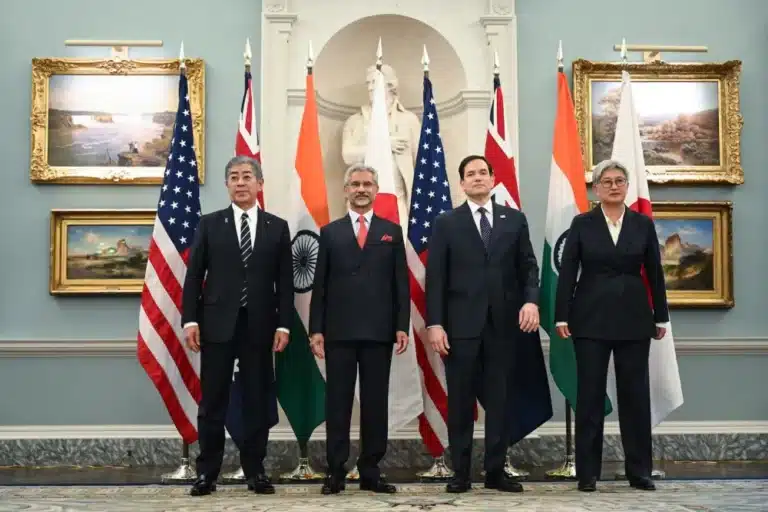Based on a survey of 1,600 farmers in Haryana, this report finds that agricultural electricity subsidies are not well targeted and that wealthier farmers in Haryana received 50% of the agricultural electricity subsidies while the poorest farmers only received 30%.
Based on a survey of 1,600 farmers in Haryana, this report finds that agricultural electricity subsidies are not well targeted and that wealthier farmers in Haryana received 50% of the agricultural electricity subsidies while the poorest farmers only received 30%.





